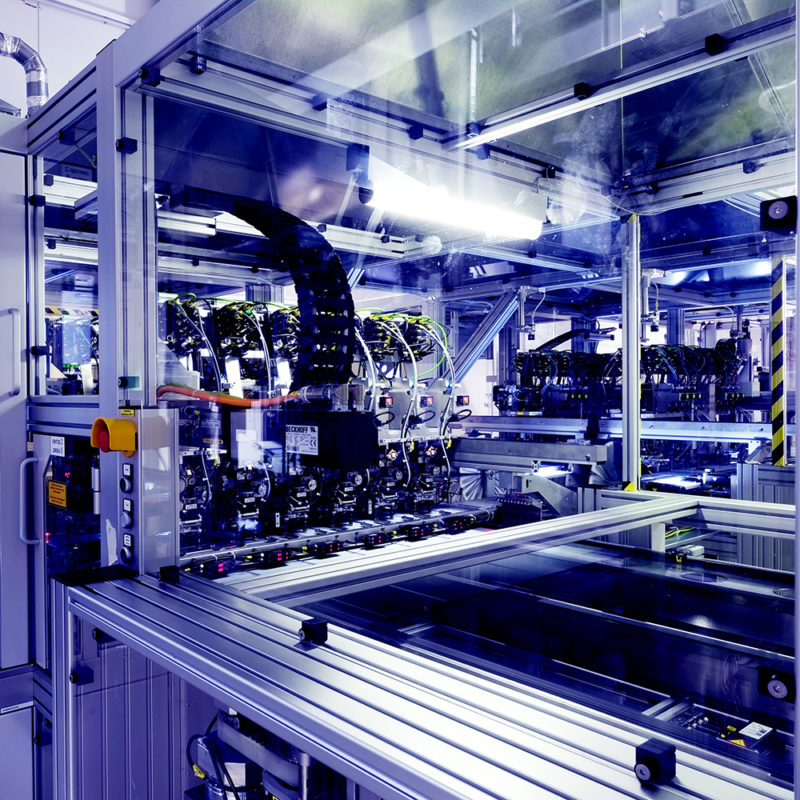
SPI Energy’s PV manufacturing subsidiary Solar4America has said that it will start manufacturing heterojunction technology (HJT) n-type solar cells in the US by the end of 2024.
The company is headquartered in California, where it currently produces passivated emitter and rear contact (PERC) modules for rooftop and utility-scale deployments, the capacity of which is expected to reach 2.4GW by the end of 2023.
Try Premium for just $1
- Full premium access for the first month at only $1
- Converts to an annual rate after 30 days unless cancelled
- Cancel anytime during the trial period
Premium Benefits
- Expert industry analysis and interviews
- Digital access to PV Tech Power journal
- Exclusive event discounts
Or get the full Premium subscription right away
Or continue reading this article for free
PV Tech has contacted SPI Solar to inquire about the capacity of the new cell production facility, and the location has yet to be determined.
Denton Peng, chairman and CEO of SPI Energy, said: “We are excited about this significant step in our strategic expansion. The production of HJT solar cells aligns with our commitment to providing cutting-edge renewable energy technology while reducing carbon footprints globally.”
Using multiple silicon-based layers atop an n-type silicon substrate, HJT cells offer higher conversion rates than tradition p-type cells. The solar industry as a whole is transitioning from PERC – which has been the norm for solar cell technology for decades – into HJT and tunnel oxide passicated contact (TOPCon) cell technologies.
Solar manufacturer JA Solar spoke with PV Tech at the SNEC conference earlier this year about the ongoing n-type ‘transition period’.
The US has been attempting to double down on PV manufacturing in its Inflation Reduction Act (IRA); the announcement of cell capacity from SPI – though most likely fairly small scale – will be what is needed to fully establish a foothold in PV manufacturing for the US.






